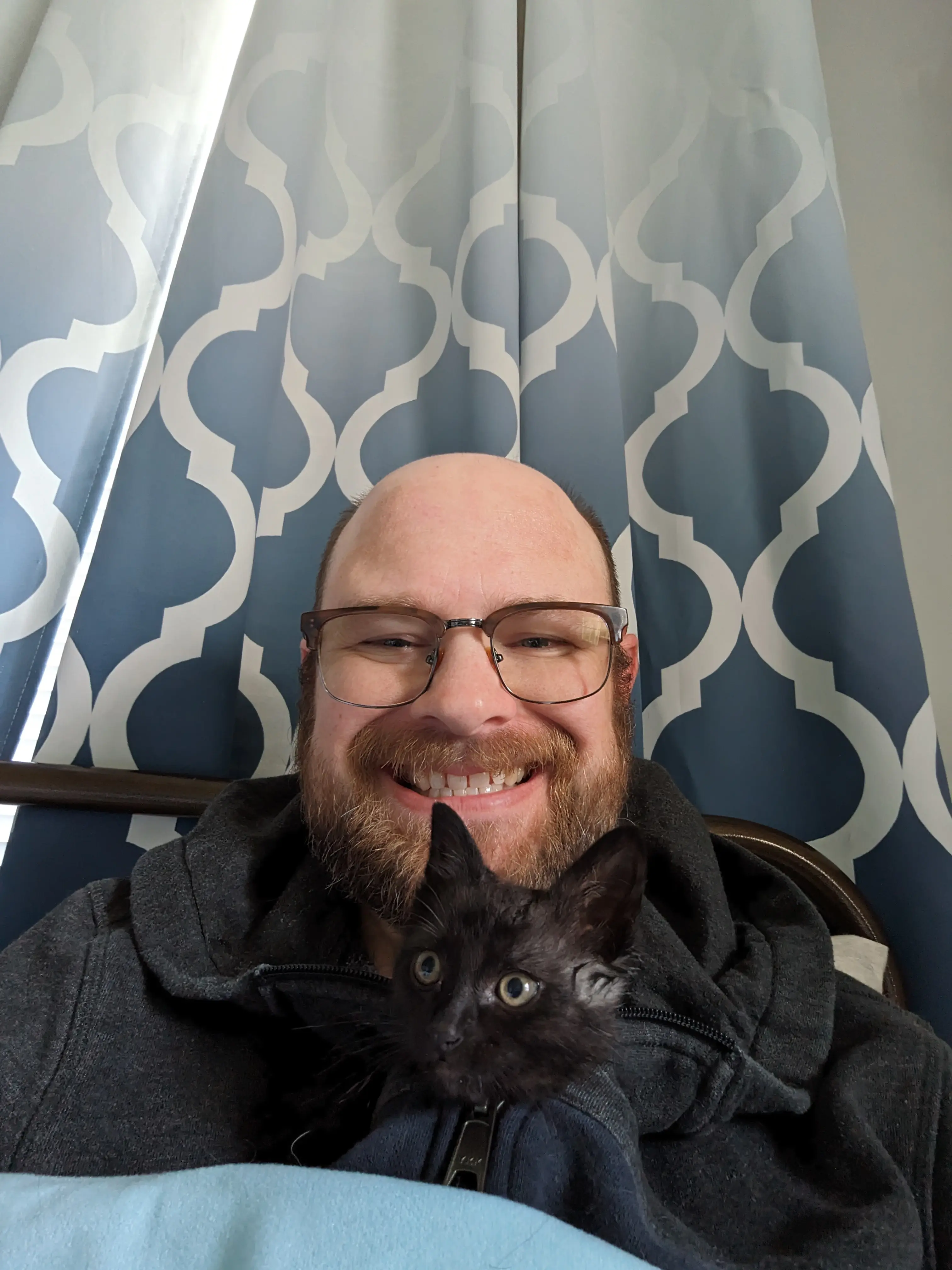nearly 24% of all households are classified as living paycheck to paycheck this year…That share is slightly higher than last year…
All of low-income US households are living paycheck to paycheck. It’s the very definition of low-income.
“And we know because we’re making a killing on fees on these low-no-negative balance accounts, not to mention their credit card debt.”
This right here. BofA made over a billion in overdraft/NSF fees. Keeping poor people poor.
Was unfortunate to work as a teller for them after college in a college town no less. The number of customers that came in with an overdrawn account, especially students, was astounding. We always had to explain that they took the largest payment first since it was deemed “most important”, but it was a way to incur the most amount of overdraft fees.
What is it like to not live paycheck to paycheck?
Its not a binary yes/no condition, but instead different levels depending on how not-paycheck-to-paycheck you can get. It gives you the wonderful opportunity of thinking about tomorrow instead of today, next week instead of this week, next month instead of this month, and next year instead of this year.
Especially with today’s cost of living and the challenge of holding good employment this is simply out-of-reach of so many people. However, if its possible for someone to cut back enough to get to the state of having unspent money left over when the next paycheck arrives, its really good path to get on.
It sounds very counter intuitive, but life actually gets less expensive when you’re not constantly broke. It can be simple things like buying a 24 pack of toilet paper at a small fraction of the cost per roll compared to a 4 pack of toilet paper. It can also be as large as being able to afford to buy good tires for your car when your current ones are worn out. The worn out ones you’ve tried to “make due with” may leave you stranded on the side of the road with a flat paying for roadside service or a tow missing work or even worse, having good tires could mean being able to quickly stop the car in an emergency avoiding a collision costing thousands in auto repairs, medical bills, and possible legal costs.
The study, released Tuesday, found that nearly 24% of all households are classified as living paycheck to paycheck this year,
I am surprised and would have expected that number to be higher.
meaning their immediate earnings go toward basic necessities.
Oh, that isn’t the definition I think most people use for the term “paycheck-to-paycheck”. The definition I’m used to is more like: “When all of the income from a paycheck is exhausted inside of the interval for receiving the next paycheck”. That spending could certainly be on basic necessities as the article suggests, but it could also be on things like student loan payments, unexpected medical bills, unnecessary retail consumer goods, sweets/nicotine/alcohol, or automotive expenditures. Perhaps more succinctly, all the money from a paycheck is spent with no savings, and the cycle repeats upon receiving the next paycheck.
Last study I saw earlier this year said like 50 or 60% of everyone. It is way higher. Not sure what they’re up to here.
With that wording, is it not possible that they have savings just that their savings isn’t growing?
In either the article’s definition or mine I don’t think the folks that meet the definitions have savings. Both definitions have and exhaustion of money component before the next paycheck. If they have funds in savings, they haven’t exhausted their funds, so they aren’t really living “paycheck to paycheck”.
Ummm, nearly a third? I think they mean nearly a quarter.
Hi, I read the article.
24% of all households are living paycheck to paycheck, while 29% of low-income households are living paycheck to paycheck this year, according to the article.
The title should (imho) read “nearly 3 in 10 low income Americans” instead of nearly a third. But, “nearly a quarter” wouldn’t be right either.
I’m also surprised the number is only 3 in 10…
You read the article? WTH? I mean who does that? What’s wrong with you?
LOL. Ummm, yeah thanks for the clarification. I probably should have done that too before commenting, but you pick and choose right? I stand humbly corrected and beg for mercy.
Nearly one-third? I question the statistics…I believe it is much higher, as the middle-class is much smaller than it used to be.







